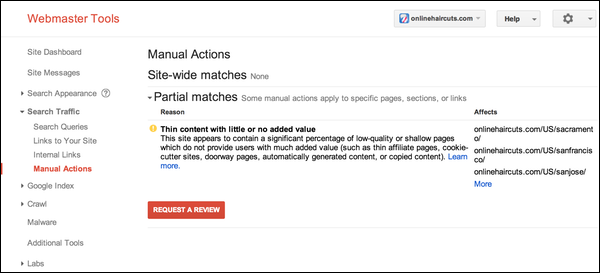Bing has officially completed the launch of its new Bing Webmaster Tools, which streamlines the old tool suite while offering a number of new features.
According to the announcement, the process managed to condense the old version’s 47 unique links to just 17 different links without losing any of the functionality previously available. This was done by bundling redundant or related functions into more powerful tools.
At the same time, Bing announced it had introduced a new URL inspection tool, a Robots.txt testing feature, a site scan tool, and revamped webmaster guidelines.
Choose Your Bing Webmaster Tools
For now, webmasters can choose to use the new or old version of Bing Webmaster Tools. The old suite is available at https://www.bing.com/webmaster/. The new version can be found at https://www.bing.com/webmasters/.
However, the old version won’t be sticking around for too long. The announcement says it will be disabled sometime next month.
Enhanced Tools
While streamlining the platform, Bing expanded the functionality of several tools. These updates include:
- Backlinks lists backlinks for any site, including similar websites.
- Keyword Research lets you filter data by countries, languages, and devices.
- URL Submission is better streamlined for easier navigation. This includes simplifying URL submission via the Bing WordPress plugin for faster indexing.
- SEO Reports provides improved classification of errors or issues.
New Tools
Along with the consolidated and enhanced tools from the old version of Bing Webmaster Tools, the company revealed several new tools. These include:
- URL Inspection: A beta feature that allows Bing to inspect crawled versions of your site for potential indexing issues.
- Site Scan: A site audit tool that crawls and checks your site for common SEO issues which may affect your search ranking.
- Robots.txt Tester: Check your robots.txt file using the same inspection tools Bing uses to verify your URLs.


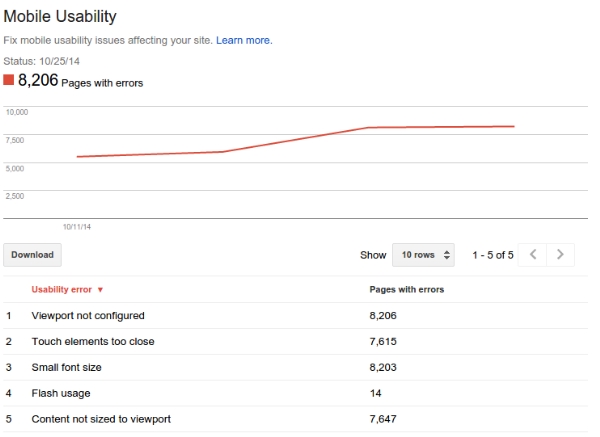
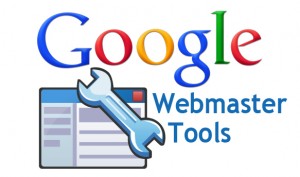 Google Webmaster Tools (GWT) is Google’s direct line to every website owner, which consequently makes it the most important set of tools and webmaster has at their disposal. GWT allows webmasters to identify any problems with their site including alerting you to any penalties placed on you by the search engine and checking for signs of malware that may have infected your site.
Google Webmaster Tools (GWT) is Google’s direct line to every website owner, which consequently makes it the most important set of tools and webmaster has at their disposal. GWT allows webmasters to identify any problems with their site including alerting you to any penalties placed on you by the search engine and checking for signs of malware that may have infected your site.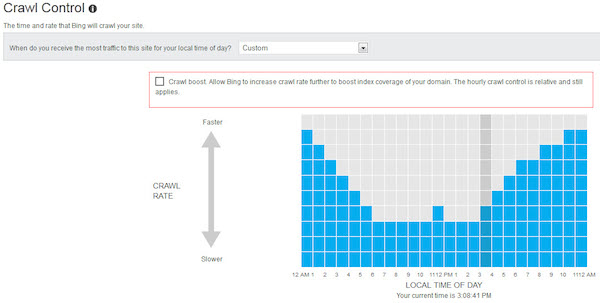

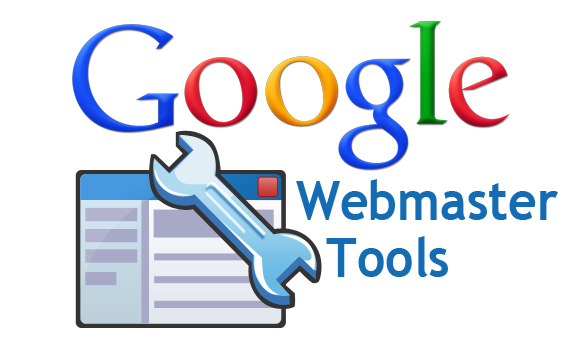 There’s a new manual action showing up in Google Webmaster Tools,
There’s a new manual action showing up in Google Webmaster Tools,  Last week SEO and online marketing professionals
Last week SEO and online marketing professionals 